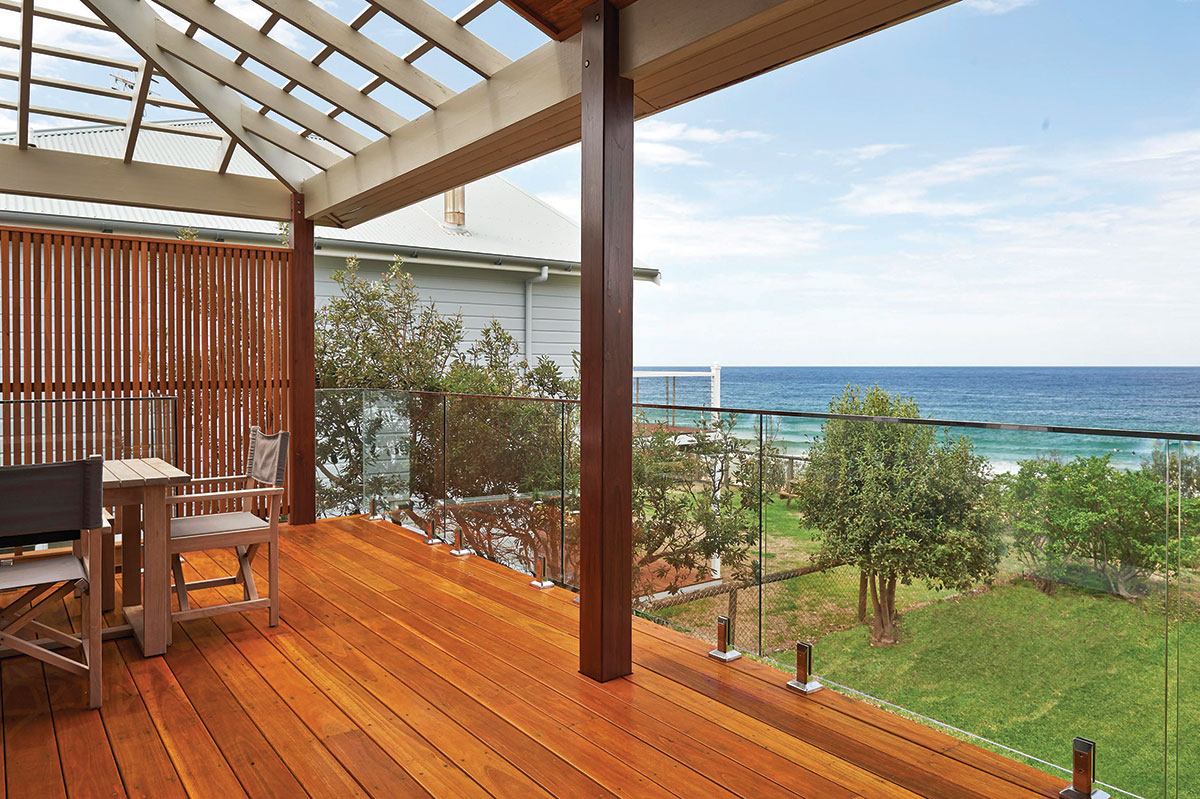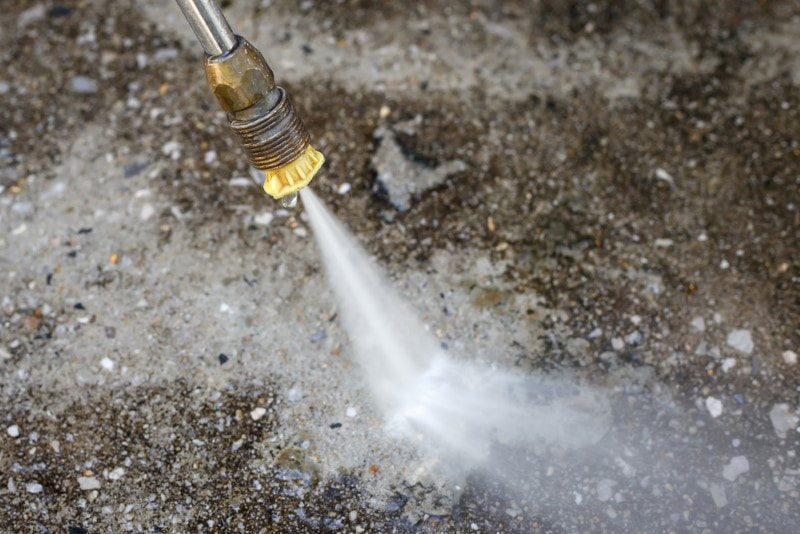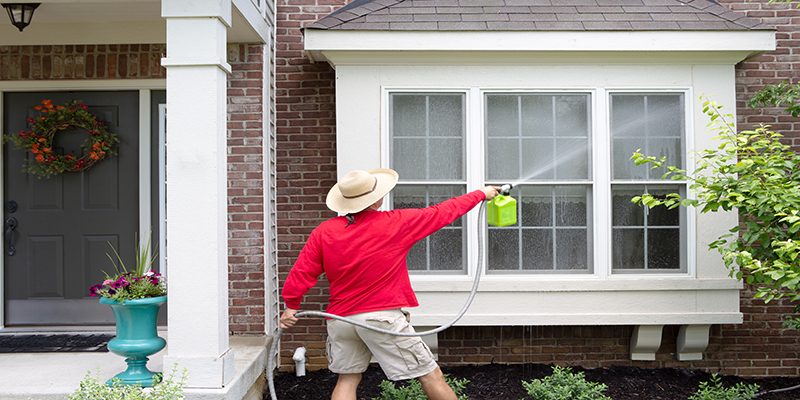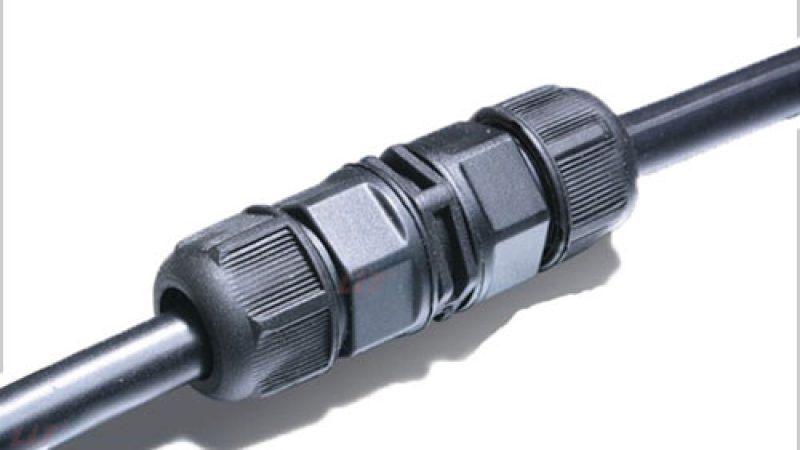Welcome aboard as we journey into the intricate world of Merbau and Blackbutt timber prices. If you’ve ever wondered why these hardwood options can leave a dent in your wallet or what factors affect their costs, you’re in for a treat. In this deep dive, we’ll unravel the mysteries behind the price tags, bringing you closer to understanding the unique influences that shape the financial landscape of decking choices.
Raw Material Rarity: The Heartbeat of Pricing
At the core of decking costs lies the availability of the raw materials—Merbau and Blackbutt timber. Merbau, sourced from Southeast Asia, and Blackbutt, native to Australia, face unique challenges regarding logging regulations and environmental considerations. As these factors ebb and flow, so do the prices of these sought-after hardwoods.
Sustainability: Green Practices and Their Impact
In an era where sustainability is more than just a buzzword, it plays a pivotal role in decking prices—the more responsibly sourced the timber, the pricier the tag. Merbau has faced scrutiny due to illegal logging practices, influencing its pricing dynamics. On the other hand, Blackbutt, often harvested under stricter regulations in Australia, tends to reflect a higher commitment to sustainable forestry practices, contributing to its comparatively stable pricing.
Quality and Grade: A Staircase of Pricing Tiers
Imagine decking quality as a staircase—each step up is more expensive. Merbau and Blackbutt are available in various grades, and your chosen degree can significantly impact the overall cost. With fewer imperfections, prime-grade timber commands a higher price, while lower rates may be more budget-friendly but could compromise aesthetics and durability. It’s a delicate balance of quality, aesthetics, and budget considerations.
Transportation Tales: The Cost of Miles Traveled
Picture your chosen decking material as a traveller; every mile it covers adds to its expenses. Merbau’s journey from Southeast Asia to other parts of the world incurs transportation costs that inevitably pass to consumers. Meanwhile, Blackbutt, being closer to many markets, may have a slight advantage in transportation costs. The geographical origin of these timbers becomes a silent yet significant player in the pricing game.
Global Market Trends: The Ripple Effect
Decking prices are not isolated; they respond to global market trends and influences. Economic shifts, trade dynamics, and international demand create ripples that affect the pricing of Merbau and Blackbutt. Being mindful of these global trends can provide insights into when prices might experience fluctuations, helping you make informed decisions on when to invest in decking projects.
Market Demand: Riding the Waves of Popularity
Picture decking trends as waves in the ocean—constantly shifting and influencing prices. The popularity of Blackbutt and Merbau decking in Melbourne can ebb and flow based on design trends, architectural preferences, and even cultural influences. When one wood becomes the “it” choice for decking, its demand surges, subsequently impacting its price. Keeping an eye on the current market demand for each timber can help you anticipate potential price fluctuations.
Processing and Manufacturing Costs: Crafting the Perfect Deck
Beyond the forests and sawmills, a world of processing and manufacturing contributes to decking prices. With its dense nature, Merbau may require more effort in processing, staining, and finishing. This intricate craftsmanship can add to the overall cost. On the flip side, Blackbutt, known for its workability, might present a slightly more cost-effective option in terms of processing. The artistry in transforming raw timber into a stunning deck comes with its price tag.
Government Regulations: The Legal Landscape
Environmental policies, logging restrictions, and trade tariffs are all factors that influence pricing. For instance, changes in logging regulations in the countries of origin can directly impact the availability and pricing of Merbau. Blackbutt, with stricter rules in Australia, may reflect the cost of compliance with environmental standards, ensuring sustainability on the legal stage.
Weathering the Elements: Durability and Maintenance Costs
Decking isn’t just a one-time investment; it’s a long-term commitment exposed to the elements. The durability of Merbau and Blackbutt can significantly influence their prices. Merbau, known for its exceptional durability, may command a higher price due to its resistance to decay and pests. While still durable, Blackbutt might be a more budget-friendly option for those looking to balance quality and cost. Consider the long-term maintenance requirements and weigh them against the initial price.
Supplier Relationships: Navigating the Supply Chain
In the world of decking, relationships matter. The rapport between suppliers, manufacturers, and retailers can impact your final price. Strong supplier relationships can sometimes result in better deals, especially if you’re a repeat customer or working on a large project. Understanding the dynamics of the supply chain can empower you to negotiate more effectively, potentially influencing the bottom line of your decking project.
Conclusion:
So, there you have it—an intricate tapestry of factors that weave together to determine the price tags of Merbau and Blackbutt decking. As you navigate the choices, armed with this newfound knowledge, remember that the journey to your dream deck is as much about understanding the terrain as it is about enjoying the destination.










